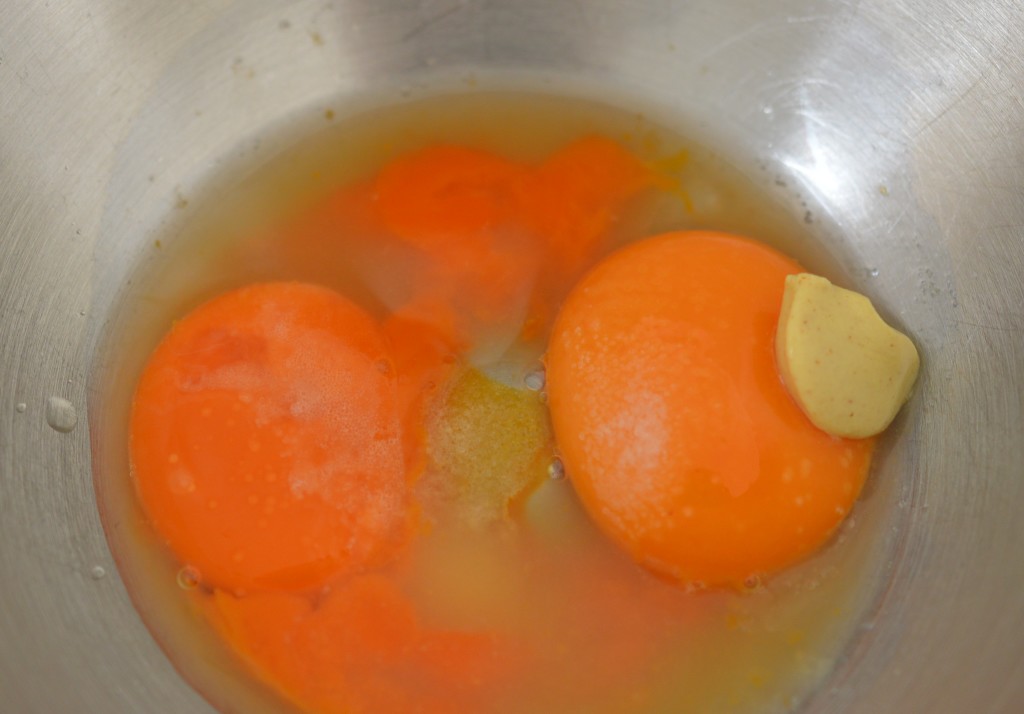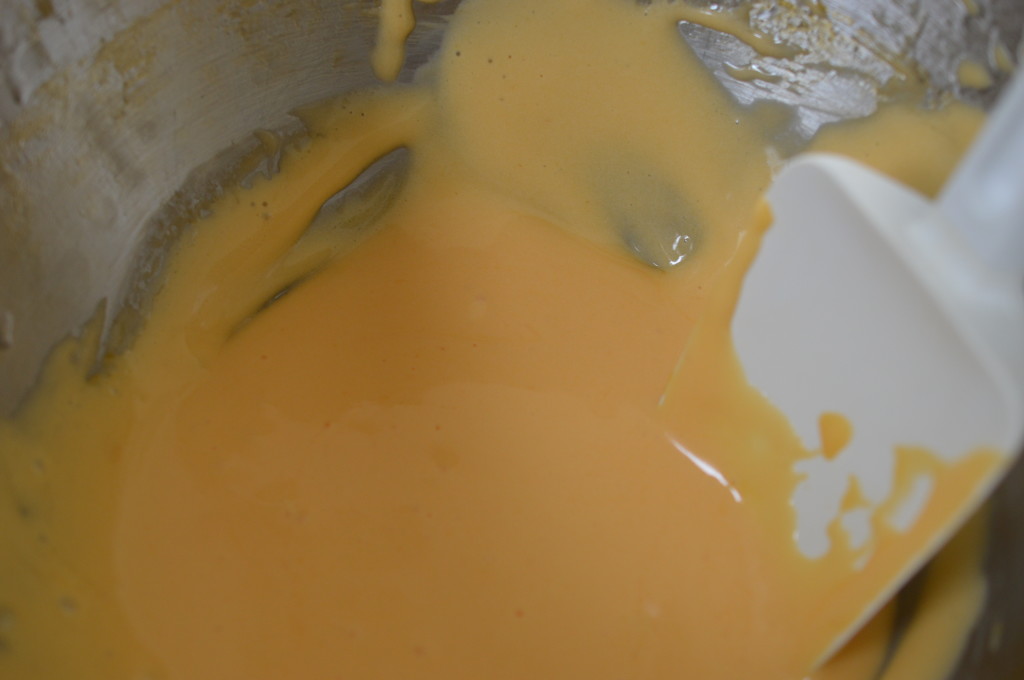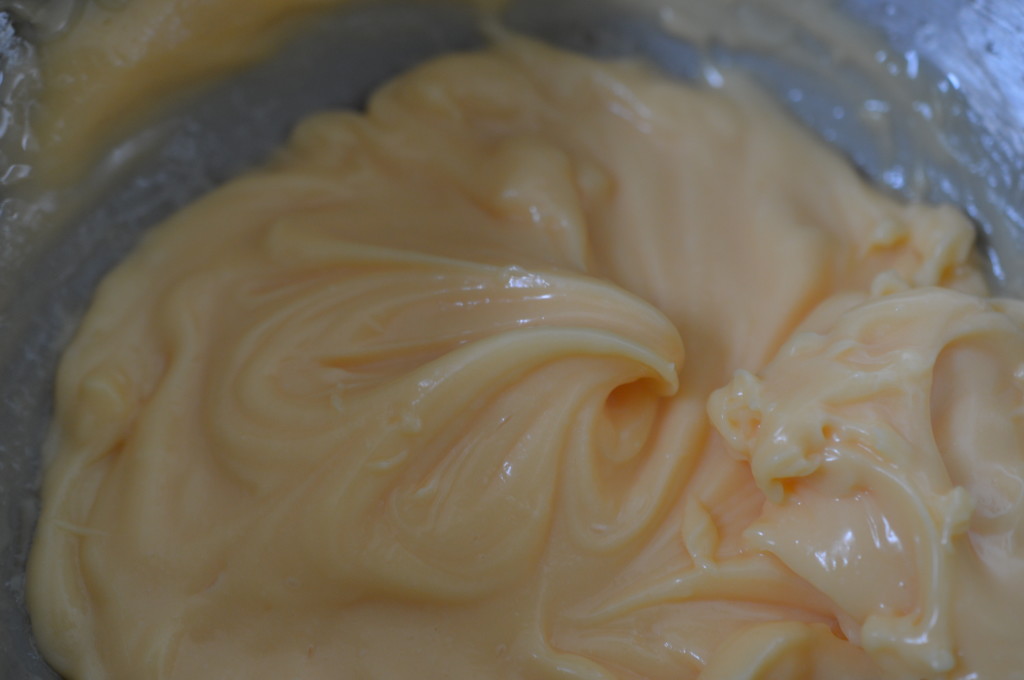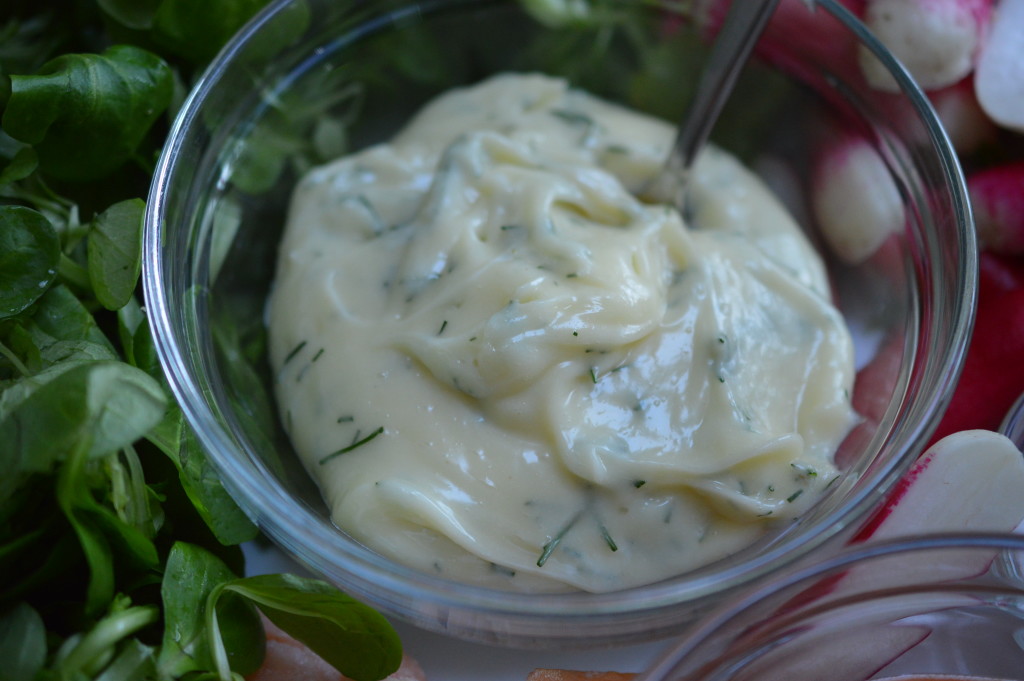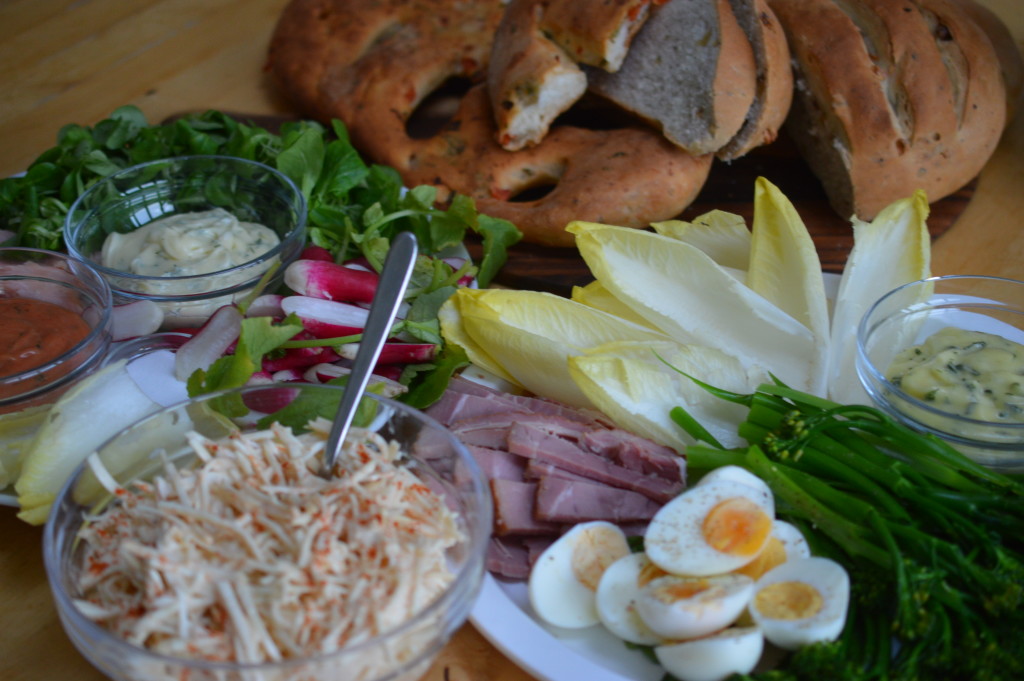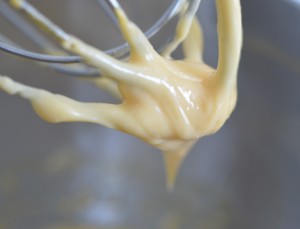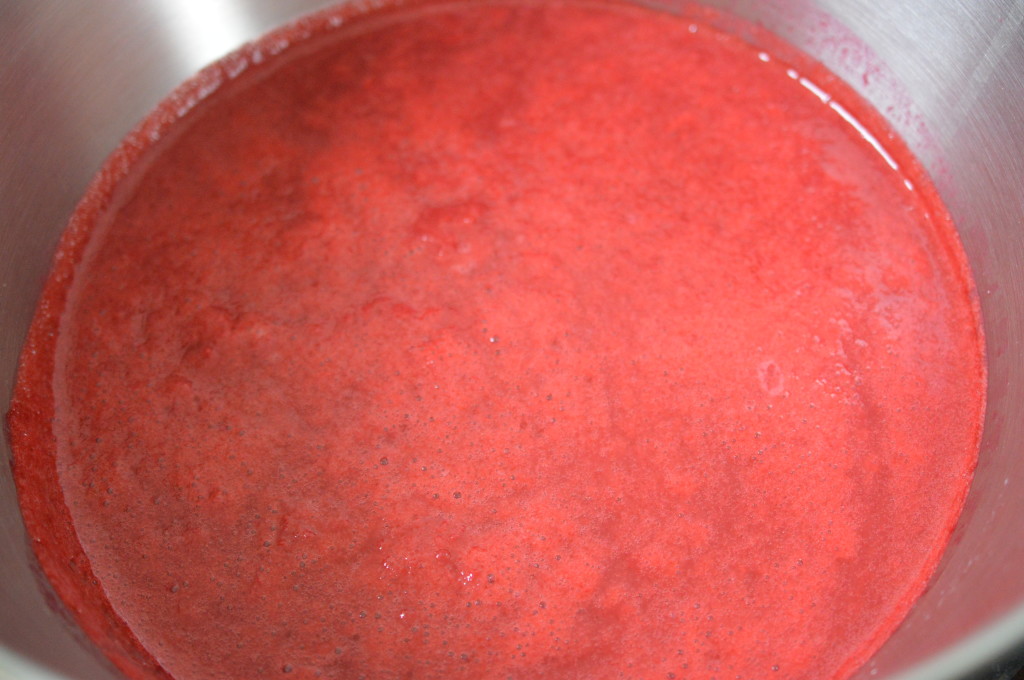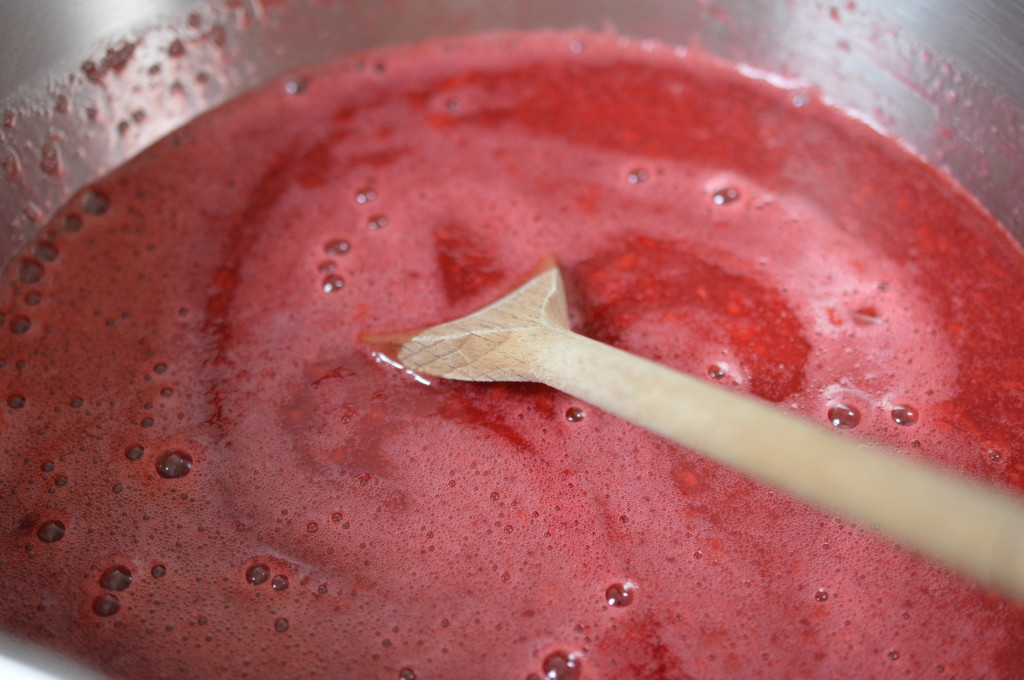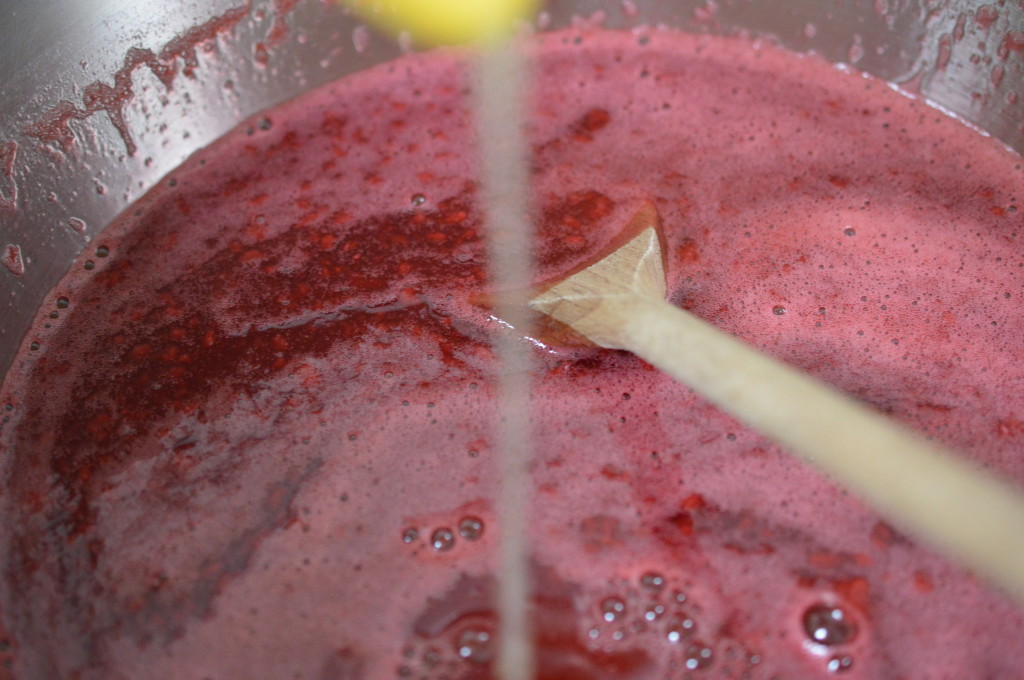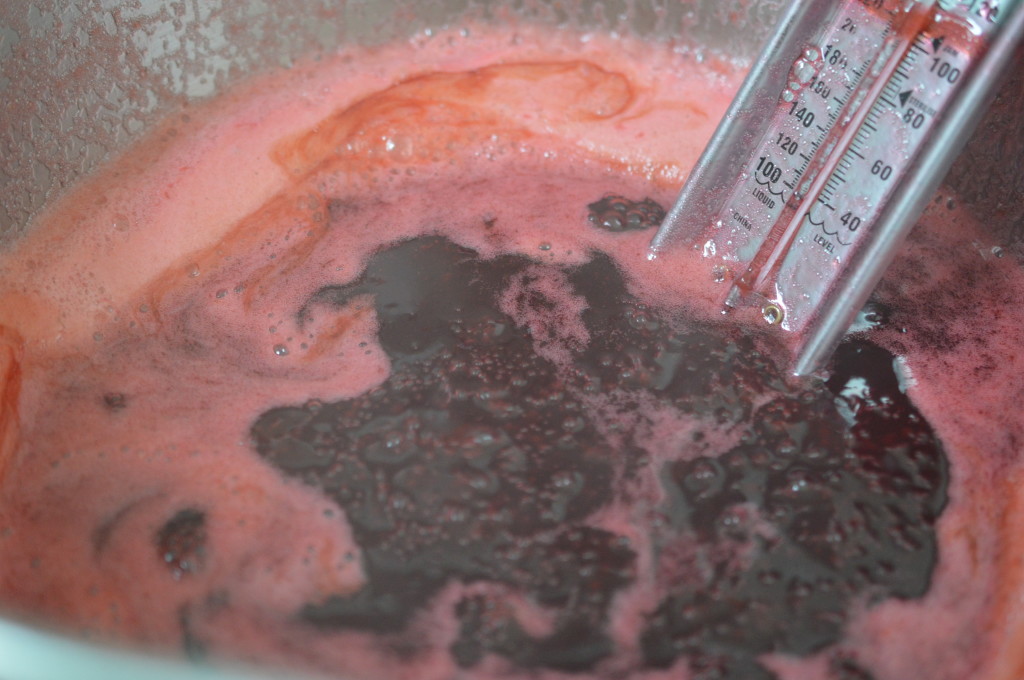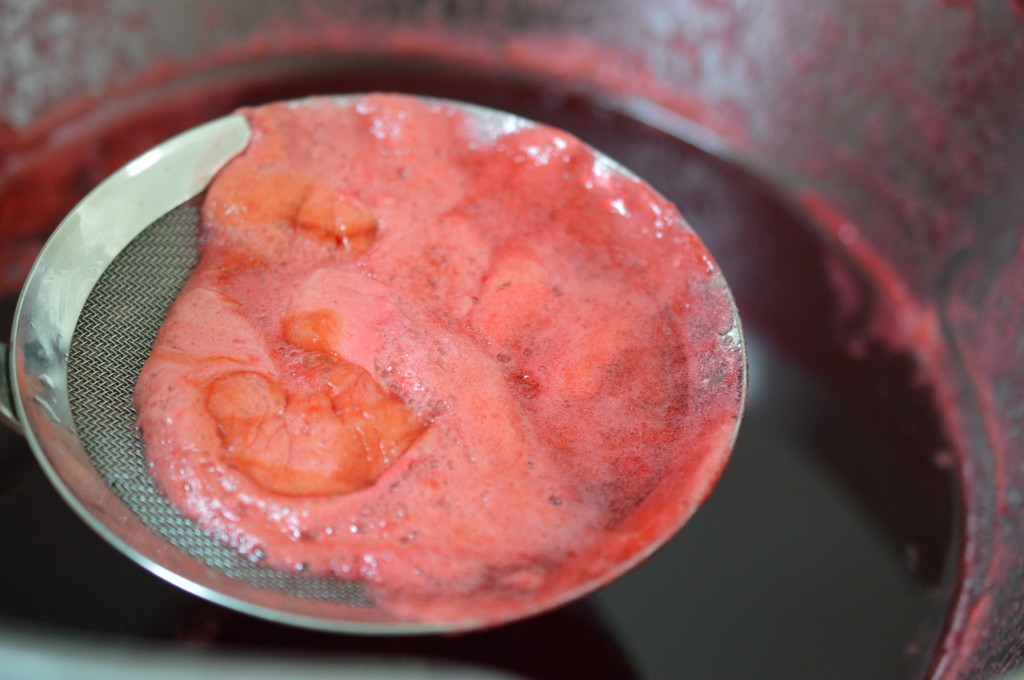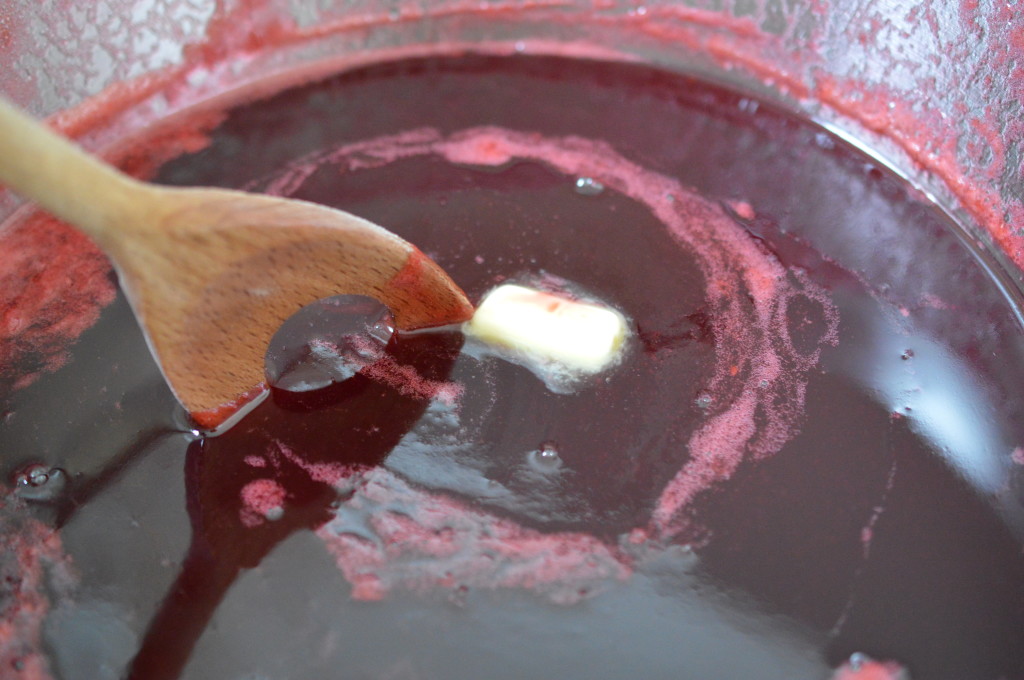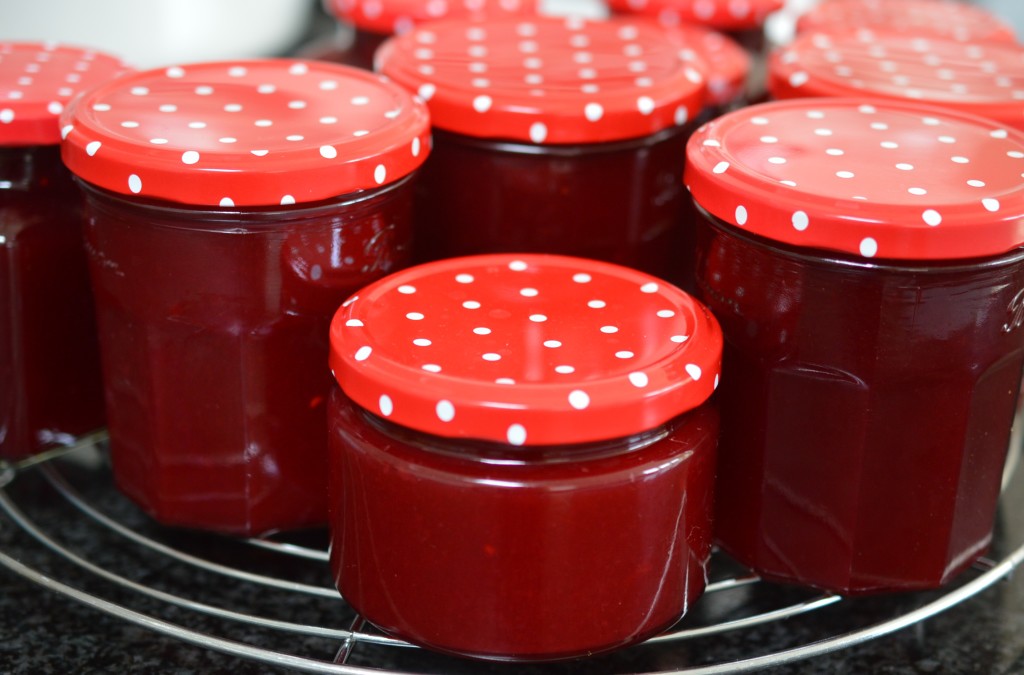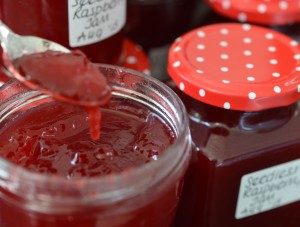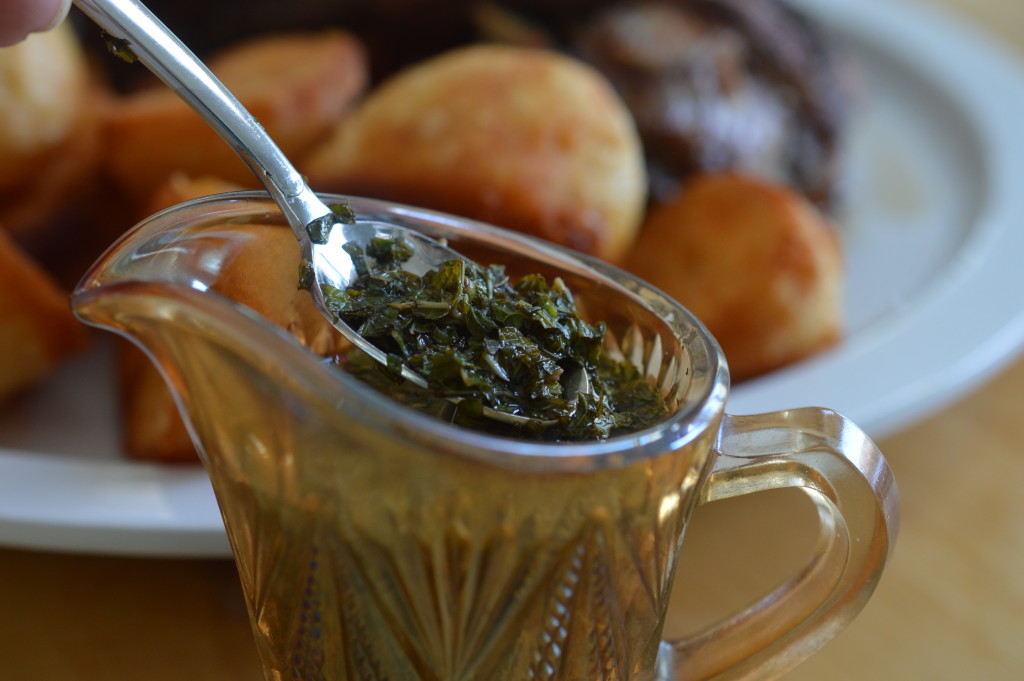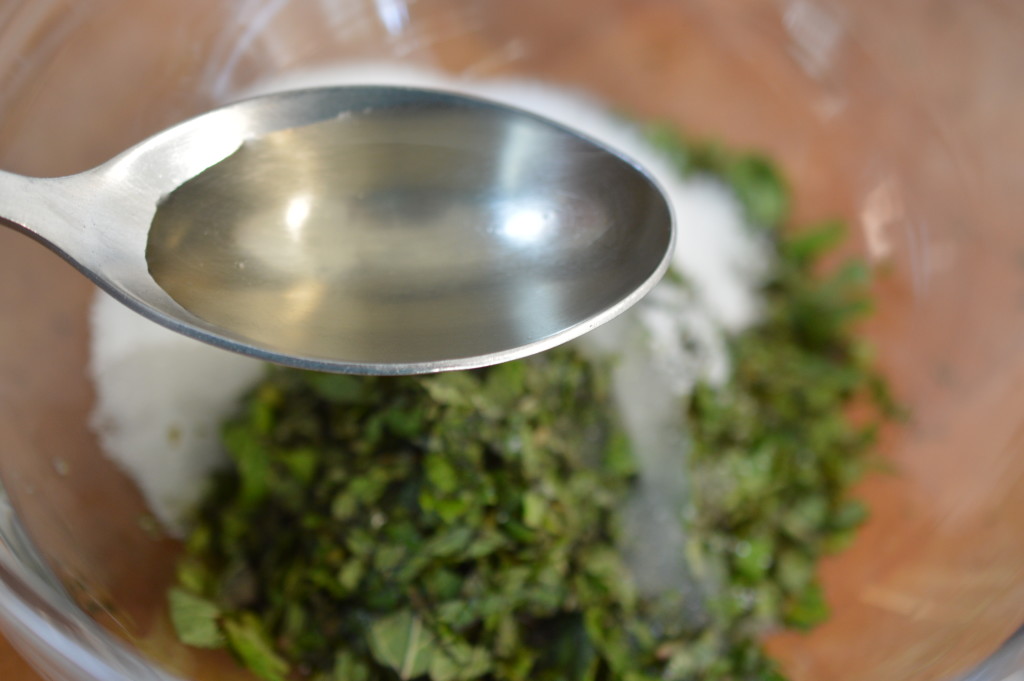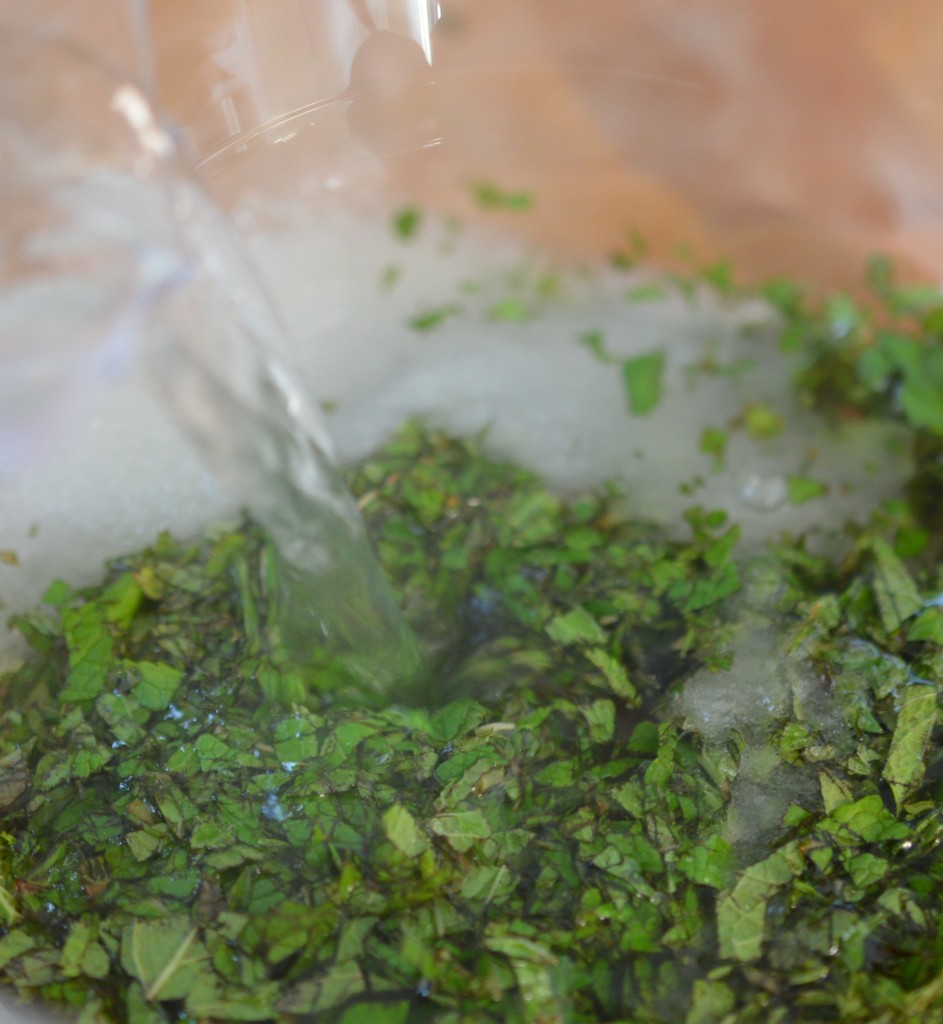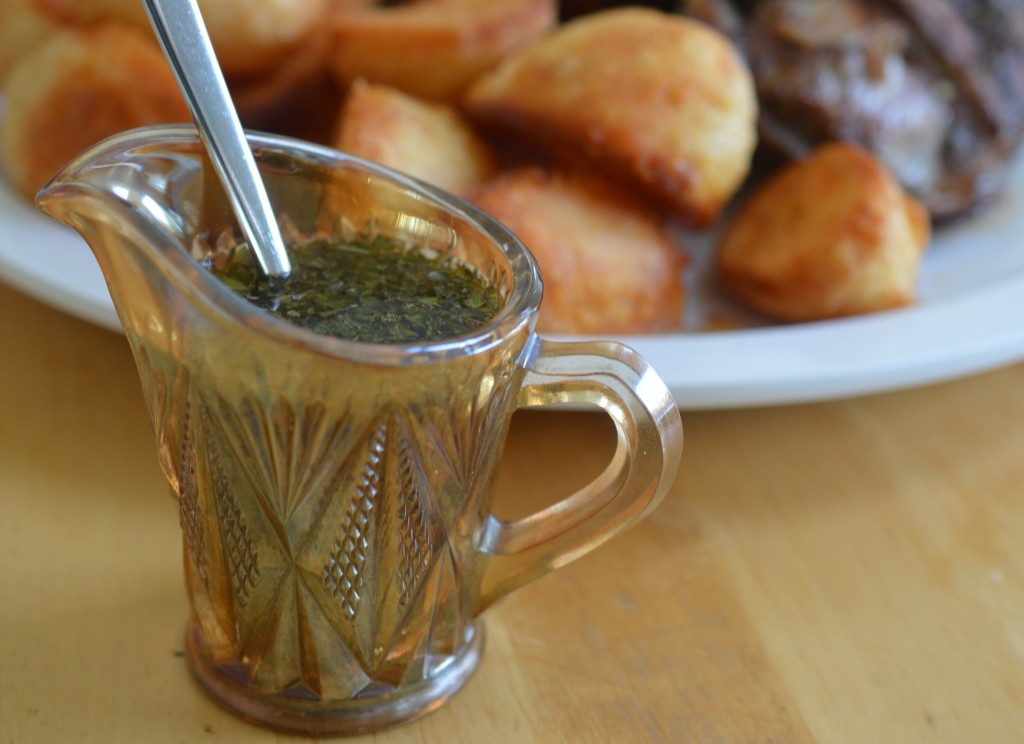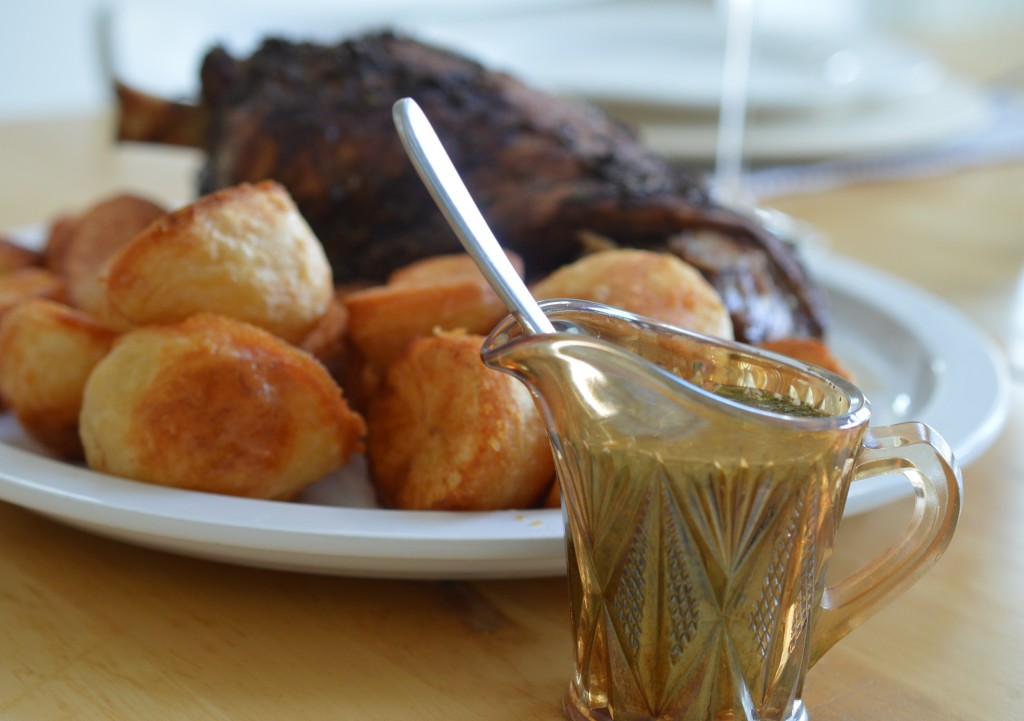Home-Made Mayonnaise
Home-made mayonnaise is another of those life enhancing things I prefer not to live without. It tastes so much better than anything you can buy, but this recipe comes with a warning. Much like Hollandaise Sauce, making it means you can no longer hide from yourself the amount of oil that goes into it. That’s all to the good, really. Just knowing it’s ‘naughty’ only adds to the deliciousness.
Since it contains raw egg, UK guidelines recommend ‘at risk’ people use pasteurised eggs to avoid the possibility of salmonella poisoning. The at risk groups are the very young, the elderly, pregnant women and anyone who is already unwell. If you decide to take the risk, you can minimise it by buying eggs from a reputable source, rinsing the shells before you crack them (UK eggs are sold unwashed by law) and washing your hands once you’ve finished handling them.
Considering we are a ‘living with cancer family’ it may surprise you to know we do take the risk. Life is for living, after all. Personally, I wouldn’t use it in a sandwich which was going to sit in a hot car for a few hours, but it keeps perfectly well in the fridge for 5 days or so and I’m very fussy about the eggs I use.
The choice of oil makes a difference to the taste of your mayonnaise and you can play about with it. A mix of extra virgin olive oil or cold-pressed rapeseed oil and a lighter sunflower or groundnut oil makes the mayonnaise I prefer. All olive oil mayonnaise can taste bitter. I tend to use a ratio of 2 parts rapeseed oil and 6 parts sunflower, but a 1:7 might be better with some olive oils.
One glance at the side of a jar of commercially produced mayonnaise and you’ll wonder why they feel the need to add colouring and fructose syrup. The ingredients list is short – and, if you’re comfortable using fluid ounces, it’s super easy to remember. 2 eggs for every 8 fl oz of oil. In metric it’s a less memorable 225ml of oil.
A freestanding mixer takes the physical effort out of it and it’s how I make mine. Making it by hand does push the boundaries of my foodie mantra ‘if I’m not prepared to make it, I’m not allowed to eat it’, but it’s entirely possible. If you’re making this by hand, put a damp j-cloth or tea towel beneath your bowl to keep it steady. You need one hand to whisk and the other to drip the oil.
Have everything at room temperature. Mayonnaise is an emulsified sauce and fridge cold eggs increases the risk of everything curdling.
Place the egg yolks in a bowl, together with a dollop of Dijon mustard and a pinch of salt. I add my ‘acid’ now and it usually takes the form of white wine vinegar. Lemon juice is a nice alternative, particularly if you’re intending to serve your mayonnaise with fish.
Give everything a mix together.
I’d no hands left for this bit – but’s it’s time to set the whisk going and gently drop in the oil. Set the mixer going and start with the sunflower oil. Start slowly and whisk well between each addition. If the sauce is struggling to absorb the oil, slow down. After the first 2 fl oz of oil, mine looked like this.
And, after 4 fl oz.
6 fl oz – it’s getting thicker and you can add the oil more quickly.
The final 2 fl oz. In my case, the rapeseed oil.
Beat until it’s smooth and shiny. And, that’s it. Check for seasoning, add a little pepper if you like. A dessertspoon of boiling water stabilises the mayonnaise and thins it down slightly. Some times I do, and some times I don’t. If you fancy making a saffron infused mayonnaise that’s the way to do it. Add the stamens to the boiling water and mix through your mayonnaise. It has a fabulous colour.
It won’t split if you begin with room temperature ingredients and don’t rush adding the oil .. but …
If you run into difficulties there are things you can do.
Place an egg yolk in a clean bowl and gradually whisk in the split mayonnaise. Or, add a dessertspoon of boiling water to a clean bowl and whisk in the split mayonnaise. Both will work to stabilise your mayonnaise, although the extra egg yolk adds richness.
It can be a base for all kinds of wonderful things – here I chopped a couple of tablespoons of dill and stirred it through to serve alongside some smoked trout ..
I also made a basil mayonnaise, another flavoured with tomato and basil. A few tablespoons went to make a celeriac remoulade which I love with ham .. and prawns. Pâte, too …
.. but it’s lovely as it is.
Eat.
Makes 350ml/12 fl oz
- 2 organic, free range egg yolks
- ¼ teaspoon of fine salt
- ½ teaspoon of Dijon mustard
- 1 dessertspoon of white wine vinegar (or lemon juice)
- 225ml/8 fl oz oil (use a ratio of 6 parts light oil like groundnut or sunflower:2 parts rapeseed or olive oil)
Have everything at room temperature.
Place the egg yolks, the salt, Dijon mustard and white wine vinegar in a bowl. Whisk together, then s-l-o-w-l-y add the oil, starting with the light oil and finishing with the heavier rapeseed/olive oil. As you whisk you will see and feel the sauce thicken and the sauce will absorb the oil faster.
Keep refrigerated and use within a few days. Add herbs .. or not.
Eat.


